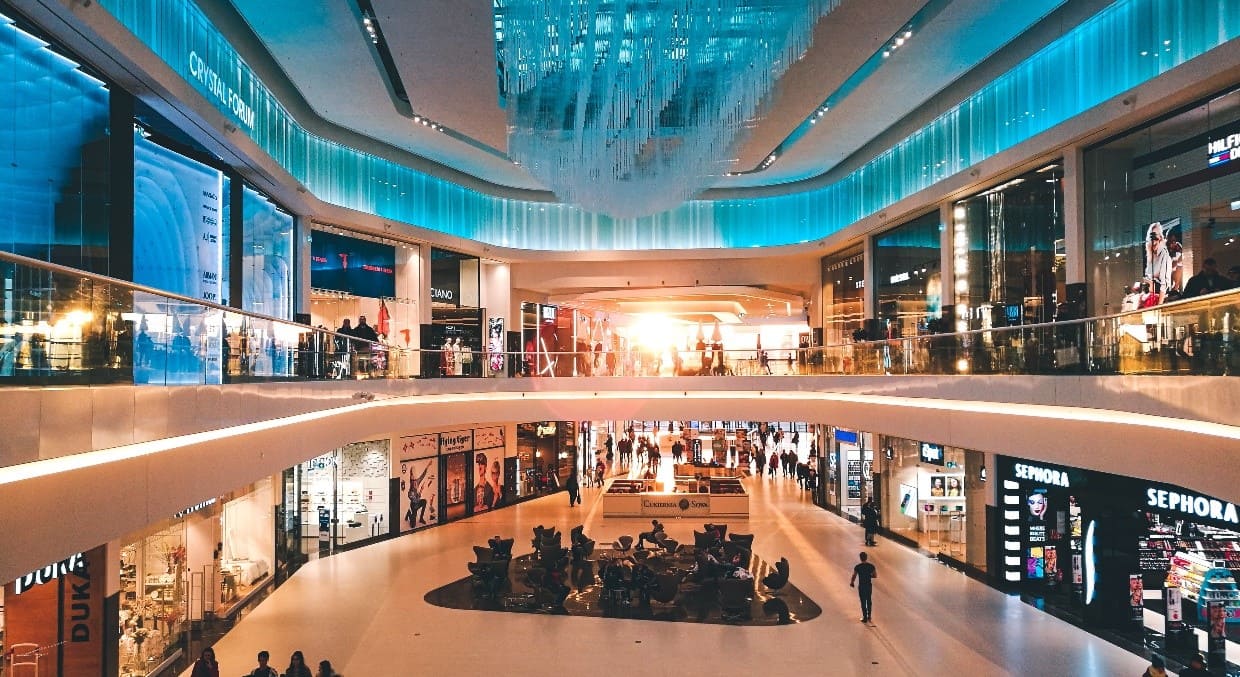With today’s focus on Customer Experience (CX) and the presence of e-commerce giants like Amazon and Wayfair, it’s never been easier to window shop, compare prices or easily place an order for your furniture to be delivered directly to your home. While retailers close shop left and right, one would think the future of furniture purchasing lies in e-tailers, although some argue that there is no comparison to shopping in-person.
The Current Industry & Future Trends
Over the past five years, brick and mortar furniture stores in the U.S. have grown by 2.5% to reach revenues of $65B in 2019 (IBISWorld). “Mike Gaylord, VP of Sales for Agio International, says he’s seen studies that show nearly 75% of consumers are researching products online prior to coming into a traditional store” (Casual Living).
Some brick and mortar goliaths like IKEA are focusing toward the CX shift and adapting their online and in-store presence with the use of modern technologies like AR/VR to attract the new generation of buyers and compete with e-tailers. Being a millennial myself, I’d like to give my perspective on a recent purchasing experience while furniture shopping.
My Experience
Moving into a new home can be a stressful yet fulfilling experience. Picking out the right color schemes, designing it to your exact taste, and creating self-made art can make the move feel special. However, the constant back and forth of moving furniture, accessories, clothes, kitchenware, and all the other necessities can really make you dread ever moving again. Since I wasn’t renting anymore, I wanted to get it right the first time and make this place feel like home. I needed some upgraded and brand-new furniture. Typically, I would get cheap used furniture that was in good condition, but those days are over and now it’s time to enjoy the luxuries in life, right?
As any smart shopper would do, I start my furniture shopping experience online with research and due diligence. I now have an idea of the types of furniture I’m interested in and the prices I should be paying. Even though I’m a millennial and prefer to buy everything I need online, when it comes to furniture, I’d prefer seeing items in-person first.
I started my shopping by going to all the local big-name furniture stores. I had seen certain items online and wanted to see them firsthand. One store had a great price on a bedroom set and sofa I really liked. I noticed this store was also offering an extra 10% off all non-sale items. Because of the sale, I was eager to check out the entire store.
Before heading to the store, I put my items of interest in the online shopping cart. These items were already on sale meaning there should not be an additional 10% discount applied. Being the curious cat that I am, I still entered the sale promotion code and it applied the 10% discount. I was shocked but didn’t go through with the purchase as I still wanted to see the items in person.
I get to the store and—to no surprise—it’s like a used car sales lot; I’m approached by sales representatives asking to help me. I mention I’m just looking around and will let them know if I need them. I find my items of interest in the store and they are exactly as I had hoped. Now I was assured that they would look nice in my new home. I find the initial salesperson and let her know I’m ready to purchase these items and set up the delivery. Before purchasing, I ask if they were running any promotions or sales. They mention the 10% off, (the promotion I saw online for non-sale items), but that it doesn’t apply to me as my items are already on sale. This is where things get interesting.
I mention that the online system was not accurately enforcing the exclusion of discounts on sale items and ask her to honor the online price and discount. She told me I was mistaken and there is no way it could be (probably not the best way to respond to your customers). I take out my phone and demonstrate the online checkout process and prove the discount online is still being applied to the sale items.
My Customer Experience takes a turn for the worst. I end up speaking with two managers. It reached the point where I said, I would go to my car and order it online where I could apply the discount. I wasted an hour proving to them their Online Ordering System and Business Rules are not connected. In the end, they honor the discount.
Yes, I lucked out on a significant discount due to their poor technology functionality, but I had a horrible Customer Experience (CX) and I’m sure the Employee Experience (EX) was just as poor. Worst of all, think of how much revenue this brand is losing due to the flaws in their technology architecture.
Brick and Mortar brands that are trying to build their digital presence and enhance CX still have a long way to go.
OZ in the Retail Industry
As retailers look to drive digital transformation to deliver a more seamless and personalized experience, OZ has found the biggest bottleneck to be connectivity of applications, data, devices and systems. My experience should serve as an example of what happens when the customer journey isn’t optimized through different channels.
It’s 2019, consumers now shop through a multitude of channels and devices, expecting more than just a transactional relationship, forcing retailers to provide an uninterrupted experience wherever consumers decide to shop.
OZ emphasizes that the key to success in providing these experiences lies in connecting in-store software with online systems through API-led connectivity. By utilizing OZ’s Integration and Automation services, retailers can quickly create connectivity in their environments while introducing new technologies and accelerating the development applications to meet consumer demands.



